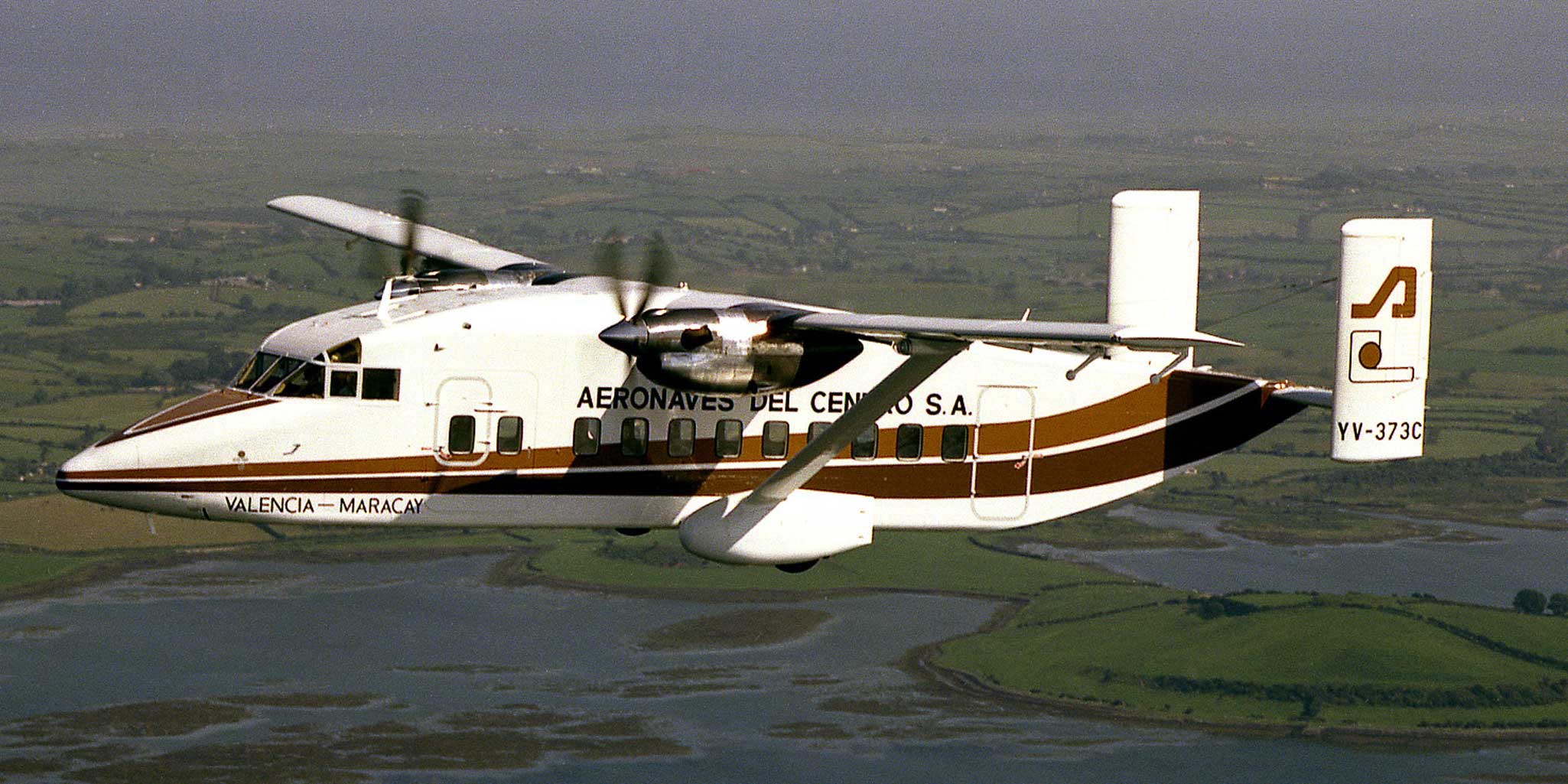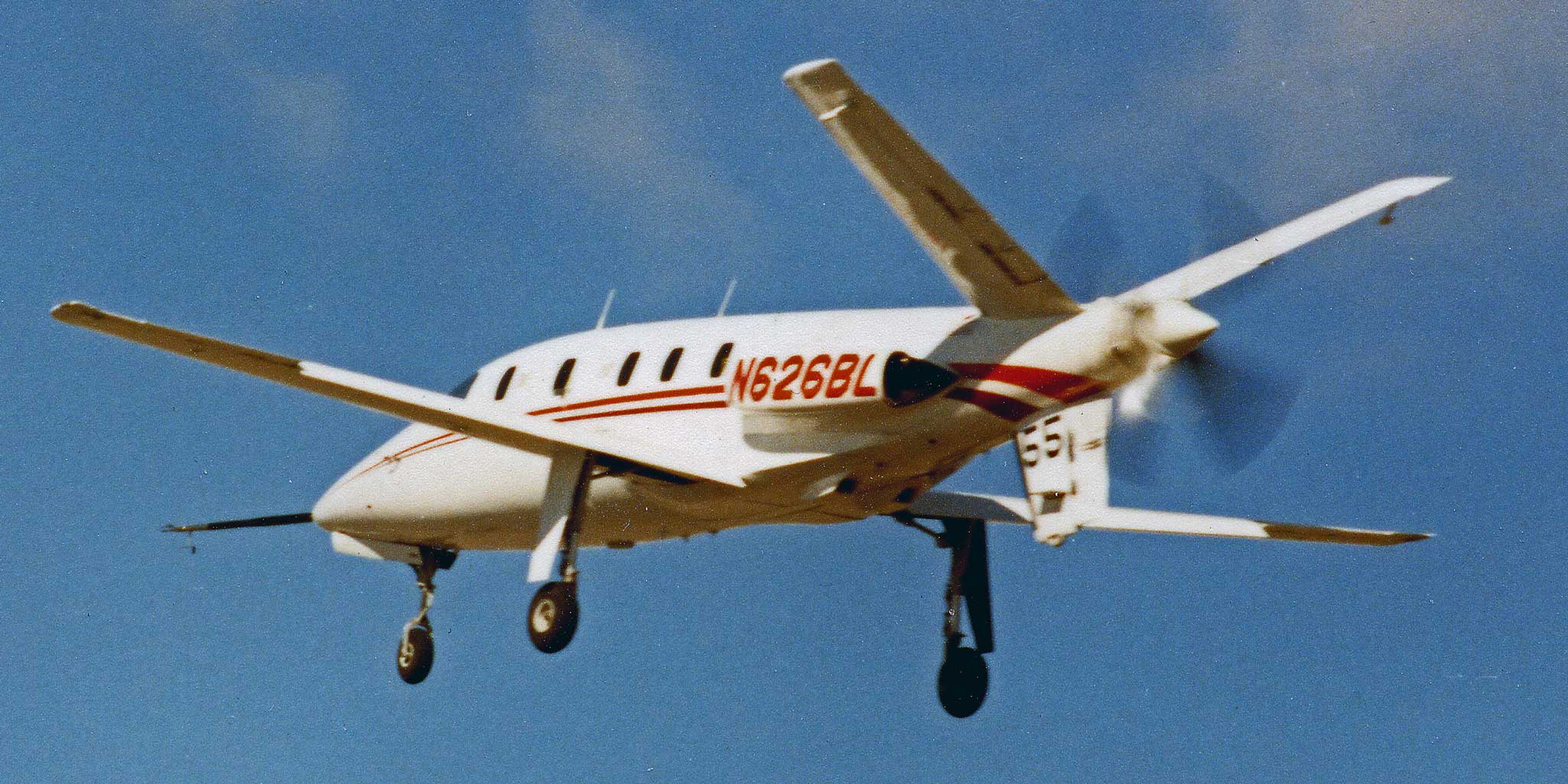Click Here to View This Page on Production Frontend
Click Here to Export Node Content
Click Here to View Printer-Friendly Version (Raw Backend)
Note: front-end display has links to styled print versions.
Content Node ID: 393871
Northern Ireland has a long history in aviation, with aircraft manufacturing starting in 1917. That's when renowned Belfast shipbuilder Harland & Wolff (H&W) built a DeHavilland DH-6. The company (which built the Titanic) went on to produce more than 600 aircraft, including Avro 504 trainers and some Handley Page V/1500 bombers. In 1918, Aldergrove, the site of the present international airport, was selected for test flying and for the production hangars. The first H&W-built V/1500 made its maiden flight from Aldergrove on Sept. 3, 1919, piloted by New Zealander Major Keith Park (later to become Air Chief Marshal Sir Keith Park, after commanding the RAF's crucial 11 Group Spitfires and Hurricanes during the Battle of Britain).
Henry George “Harry” Furguson (of Tractor manufacturing fame) was an aviation pioneer and is generally credited with making the first flight in Northern Ireland on Dec. 31, 1909 at Growell, County Down, in an aircraft he designed a built. [Some argue the earliest builder of an Irish aircraft was bicycle builder Joseph Cordner, who designed and built (and reportedly flew) monoplanes in 1908-12.] And there was also Lilian Bland, from Kent, who came to live in Northern Ireland, designing, building, and testing an aircraft in what is thought to be the first achievement of its kind by a woman.
Short Brothers, founded by Eustace and Oswald Short in London in 1908 (later joined by brother Horace), started out by winning a contract from the Wright Brothers in 1909 to build six Wright biplanes in Kent, England. Short Brothers merged with H&W in 1936 to form Short & Harland. The world’s oldest two aircraft manufacturers thus merged and in 1937—encouraged by the British Air Ministry, which was nervous at the threat from the East to aircraft factories in England—built a new aircraft factory and airfield at what is now Belfast City Airport, adjacent to the shipbuilding docks. Thus there was a huge operation to relocate all Shorts’ Rochester works to Belfast. Sadly, the Germans did manage to bomb the plant in World War II but it still managed to produce 931 Stirling bombers (having earlier specialized in flying boats).
The company became Short Brothers & Harland in 1947, trimming the workforce from the 11,689 it had in June 1945 at the end of the war. The company was known as Short Brothers (or “Shorts”) until 1989, when it was acquired by Bombardier.

Post-war Efforts
According to Aircraft and Aerospace Manufacturing in Northern Ireland–An Illustrated History–1909 to the Present Day, a 2015 book by Guy Warner and Ernie Cromie, Shorts continued to build large “Empire” class flying boats after the war. It also built the Sturgeon (one of which was displayed at the Farnborough Airshow in 1950), the SA.6 Sealand, the Sperrin, the SB.5, the Seamew (capable of carrier landings), the SB.4 Sherpa, and even set up a second production line for the de Havilland Comet, the first jet airliner. The last project was short-lived as the aircraft didn’t sell well. It built many Canberra bombers and a few Bristol Britannia aircraft (12 civil and 18 military versions out of a total of 85 built).

Famously, Shorts built the SC.1 Vtol research aircraft, which in 1960 became the first jet aircraft (it had five engines) to transition from vertical to horizontal flight and back again—demonstrating this at the Farnborough Airshow in September that year. The experience gleaned from the SC.1 was a major step toward the BAe Harrier's success.

In the 1960s, Shorts produced the twin-engine Skyvan and the four-engine Belfast transports. The Belfast wasn’t a commercial success. Later, Shorts produced the 30-seat Short 330 airliner, also built as the C-23 Sherpa light freighter derivative for the U.S. military. The 330 evolved into the Short 360, with a single tailfin and 36 seats, referred to by pilots as “the Shed.” The company finally designed the Short 450, a 45-to-49 seater that never came to fruition.

In the end, the company sold a total of 496 Skyvan/330/360s, more than the Bae 146/RJ (394), the Avro/HS/Bae 748 (382), the Vickers Viscount (444) or the BAC 1-11 (244). So in this respect, it was the leading British civil post-war aircraft.

In the 1980s, American Bill Lear, with the support of the British government, set up Lear Fan Ltd at Newtownabbey, to produce the revolutionary composite Lear Fan 2100. The company went bankrupt in 1985, but Shorts later took over the factory and turned it into a world-leading composites facility.
Shorts had by now become a leading supplier to other aerospace manufacturers, producing engine nacelles for the Bae 146, main landing gear doors for the Boeing 747, wing components for the Boeing 757 and rudder assemblies for the 737. It then built wings for Fokker F.28s and Fokker 70/100 jets. This has developed now into building the C Series wings for Airbus/Bombardier in a brand-new factory adjacent to Belfast City Airport, opened by then-UK Prime Minister David Cameron on Oct. 11, 2013.

The last whole aircraft built by Shorts was the Tucano, based on an Embraer design and used by the RAF for training pilots transitioning to the Hawk. Some 130 were delivered to the RAF (plus 12 to Kenya and 16 to Kuwait).
With the new lease on life that had come with Canada’s Bombardier purchasing the company in 1989, Shorts took on significant work on the CRJ regional airliner program. It later became the manufacturing site for the Learjet 45/75 fuselage and parts of the Q400 turboprop airliner, plus Global Express and Challenger business jets.